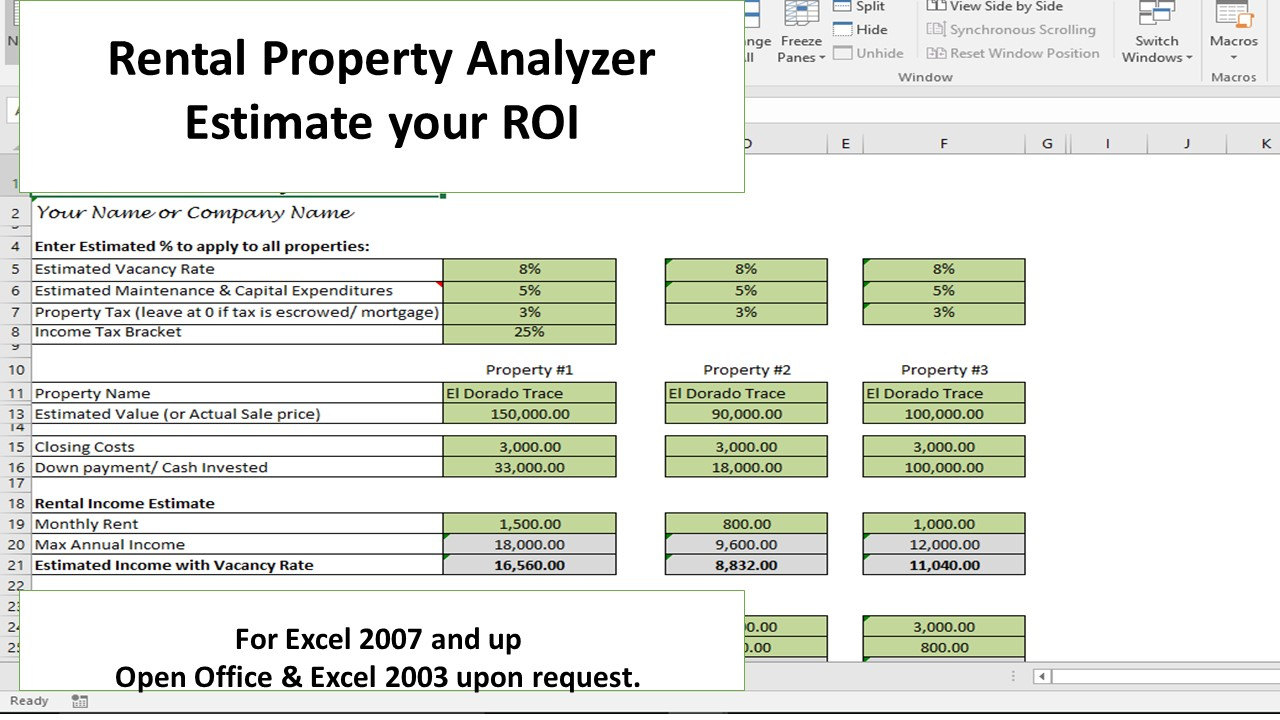Understanding the intricacies of calculating property depreciation rental is paramount for property owners seeking to maximize their returns and minimize their tax obligations. By delving into the methods, factors, and practical considerations involved in depreciation, this comprehensive guide empowers investors with the knowledge and strategies necessary to effectively navigate the complexities of rental property depreciation.
As we embark on this journey, let us explore the nuances of depreciation, unravel the intricacies of calculation methods, and uncover the profound impact it has on rental income and tax liability. By embracing a proactive approach to depreciation management, property owners can unlock a world of financial benefits and ensure the long-term profitability of their rental investments.
Understanding Rental Property Depreciation

Depreciation is a tax-advantaged accounting method that allows rental property owners to deduct a portion of the property’s cost or other basis over its estimated useful life. This deduction reduces taxable rental income, potentially saving significant amounts in taxes.
Depreciable assets commonly found in rental properties include buildings, improvements, appliances, and furnishings. Depreciation serves two main purposes: it matches the expense of the asset to the period in which it is used, and it provides a tax shelter for rental property owners.
Methods of Calculating Depreciation
There are several methods for calculating depreciation for rental properties, each with its own formula and advantages:
- Straight-Line Method:This method allocates an equal amount of depreciation expense over the asset’s estimated useful life. It is simple to apply and provides a consistent deduction throughout the life of the asset.
- Accelerated Depreciation Methods:These methods, such as Modified Accelerated Cost Recovery System (MACRS) and Accelerated Cost Recovery System (ACRS), allow for larger depreciation deductions in the early years of the asset’s life. This can be beneficial for reducing taxable income in the short term, but it also results in lower deductions later on.
Factors Affecting Depreciation Calculations
Several factors influence the depreciation calculation, including:
- Property Cost or Basis:This is the original purchase price or the adjusted basis of the property, including any capital improvements.
- Estimated Useful Life:The IRS assigns estimated useful lives to different property components, such as 27.5 years for residential buildings and 5 years for appliances.
- Salvage Value:This is the estimated value of the asset at the end of its useful life, which is typically assumed to be zero for rental properties.
Adjustments may be necessary to depreciation calculations for renovations, repairs, and improvements.
Impact of Depreciation on Rental Income, Calculating property depreciation rental
Depreciation deductions reduce taxable rental income, effectively creating a “phantom income” that is not actually received by the property owner. This can result in significant tax savings.
Owners can maximize depreciation deductions by selecting the appropriate depreciation method and carefully considering the factors that affect the calculation.
Practical Considerations for Depreciation
To support depreciation deductions, it is essential to keep detailed records of property costs, improvements, and repairs.
Consulting with a tax professional is highly recommended to develop a personalized depreciation strategy that optimizes tax savings while adhering to IRS regulations.
Final Conclusion: Calculating Property Depreciation Rental
In conclusion, calculating property depreciation rental is a multifaceted endeavor that requires a thorough understanding of the applicable methods, influencing factors, and practical considerations. By mastering these concepts, property owners can effectively reduce their taxable rental income, minimize their tax liability, and maximize their overall profitability.
Remember, seeking professional advice from a tax specialist can further enhance your depreciation strategies, ensuring that you optimize your rental property investments for long-term financial success.
Commonly Asked Questions
What is the purpose of depreciating rental property assets?
Depreciation allows property owners to spread the cost of certain assets over their useful life, reducing their taxable income and potentially increasing their cash flow.
How do I determine the estimated useful life of a rental property component?
The estimated useful life is typically based on industry standards, manufacturer’s recommendations, or professional appraisals. It represents the period over which the asset is expected to be used for its intended purpose.
What are the advantages of accelerated depreciation methods?
Calculating property depreciation rental is a crucial aspect of real estate investing. For expert guidance and comprehensive services, consider consulting with greycoat real estate . Their team of experienced professionals can assist you in determining depreciation deductions, maximizing tax benefits, and ensuring accurate financial reporting for your rental properties.
Accelerated depreciation methods, such as MACRS and ACRS, allow property owners to deduct a larger portion of the asset’s cost in the early years of ownership, potentially reducing their tax liability in the short term.